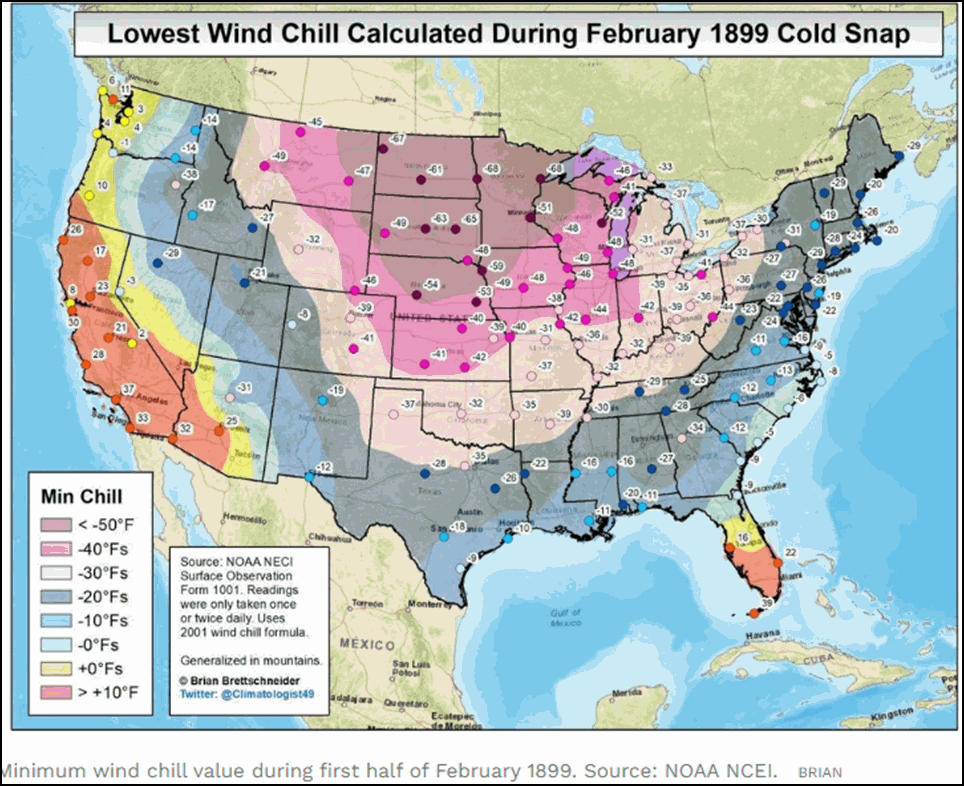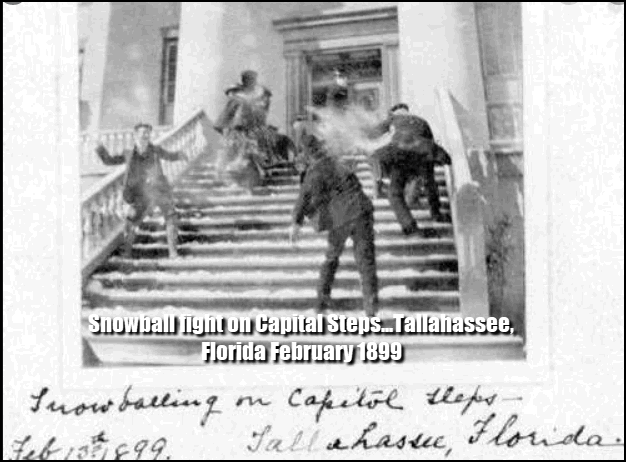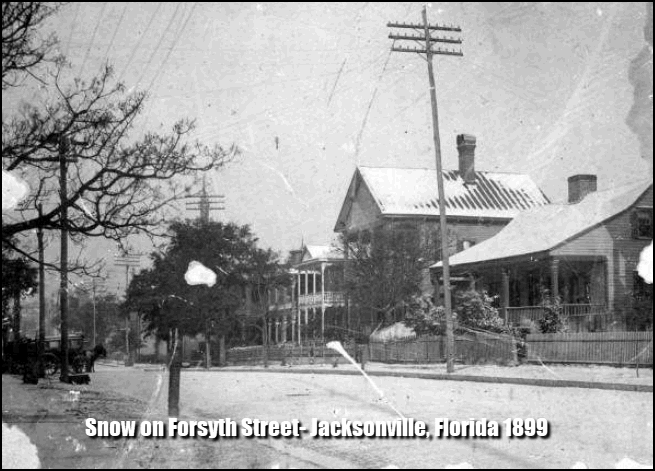STEVE'S "WILD" WORLD OF WEATHER...

When I'm wondering about weather folklore and historical events this is the man I go to. With more than 50 years of statistical and observational research, he's the dude! When it comes to lunar cycles, woolly bear caterpillars, insects, bugs, and animals, he tracks them, records them, and establishes ties to weather patterns. He's a knowledgeable and interesting man. His name is Steve Gottschalk by way of Lowden, Iowa. I'm grateful to him for lending his unique perspective to the site. Steve's "wild" world of weather can be found every week right
here on TSwails.com. Take it away Steve!
THE GREAT ARCTIC OUTBREAK OF FEBRUARY 1899:
During the wicked deep freeze of 1899 arctic air settled in over the upper Midwest on January 27th and continued to hold sway through February 13th. The coldest period was from Feb. 8-11th when the state average temperature was -14.6 degrees making it the coldest 4 day period on record for Iowa.

Sioux City had it's coldest day ever on the 9th with a daily average of -24 degrees. Three days later it would experience it's second coldest temperature with a low of -31. Overall for the state, the 9th was the most frigid with reported lows of:
Sibley -40.
Estherville -38.
LeMars -35.
New Hampton -33.
Des Moines -23.
Keokuk -21.
Estherville would see lows of -30 or colder on all 4 days from the 8th - 11th.
The observer in Wapello reported 4 feet of frost in the ground and nearly all of the cellars were subjected to frost with half of the potatoes frozen. At Grinnell the observer reported 4 2/3 feet of frost in the ground.

Illinois was in the grip of the arctic air too, with temperatures of -20 in almost every section of the state except the extreme southern point. Some of the colder lows were:
Morrisonville -29.
Lanark -27.
Monmouth -25.
The observer at Cambridge reported 3.2 feet of frost in the ground.
The state of Wisconsin was also far into the Deep Freeze during the period. The temperatures across the state ranged from -21 at Racine to -50 at Easton. Some other lows were:
EauClaire -40.
LaCrosse -32.
Lancaster -31.
At Dodgeville where the low for the month was -31, the vegetables in the hothouses and cellars were badly damaged by the cold weather of the 6th-12th and the winter wheat was a total loss
.
The observer at Manitowoc reported that Lake Michigan was frozen over from shore to shore with many boats being icebound. There was windrows of ice 18 to 20 feet high on the lake. The depth of the frost across the state ranged from 3 to 5 feet.
There was ice reported on the Mississippi River in the deep South and ice floes were seen flowing out into the Gulf of Mexico during the latter part of the month.
The bitter cold pushed all the way to Florida and produced rare snow well into the state including places like Tallahassee and Jacksonville.


In Atlanta the temperature reached 6.8 degrees below zero February 13th, 1899. The wind gusted to 36 mph!

THE FULL MOON AND FEBRUARY PRECIPITATION:
MY research has shown that there is usually some precipitation around the full moon, 63% of the time. The Full Snow Moon is on the 9th.
FEBRUARY'S DAYS WITH PRECIPITATION:
My research had found that we are seeing an extra day of precipitation during the month since 2000 and 2 extra days since 2010.
FEBRUARY'S CLOUDY DAYS:
Going over my 60 years of data I have found that we are seeing one extra cloudy day during the month since 2000 and 2 extra cloudy days since 2010
That's all for now, on the "wild" side of weather I'm Steve Gottschalk!









